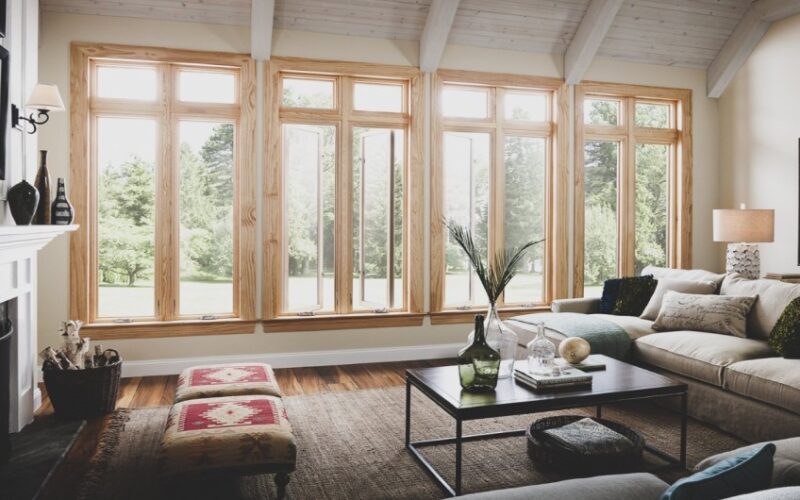What are the standard window sizes? The answer is simple, the size of windows can be different based on the type and style. Unless you don’t go with further information about window size for the living room, bedroom, kitchen, washroom, or whatever additional information you have, you’ll not get your answer right. But, you don’t have to worry about it, as we are here for you to cover all the information regarding window common sizes for you.
Windows are really important for a house. They let in sunlight and fresh air, and let you see outside. These windows also enhance the beauty of the houses. This can really change how your home looks and works.
In this blog post, the team of styleofhome.com will cover all the important details about common window sizes. This will help you decide wisely when you’re thinking about changing or adding new windows to your house.
How to Read Window Sizes Accurately?
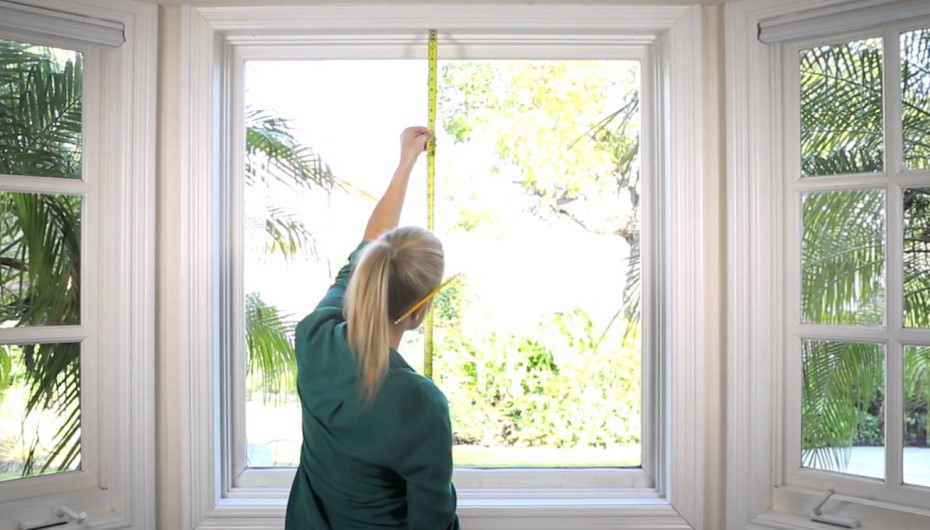
Window sizes are usually shown as width x height, with the width coming first. For instance, a regular double-hung window could be labeled as 12 inches wide by 24 inches tall. This indicates that the window is 12 inches wide and 24 inches tall.
It’s important to know that these numbers show the space where the window fits. They don’t show the actual size of the glass or frame. When you’re getting new windows, you’ll have to tell your supplier both measurements. This helps them give you the right price.
Standard Windows Sizes By Room
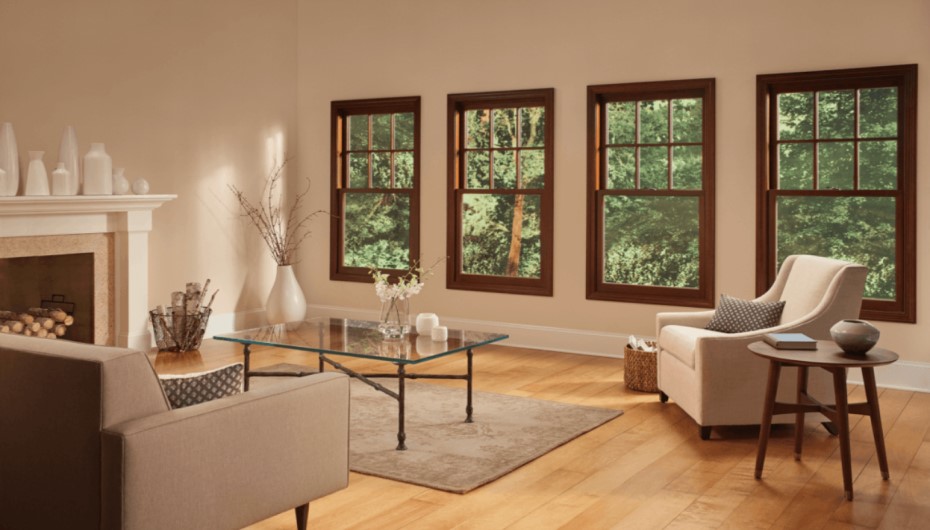
Each room in your house needs different amounts of sunlight and fresh air so you might pick different window sizes. As we know, bedrooms usually need bigger windows compared to bathrooms or kitchens. In bathrooms, you’ll often find smaller windows that give you privacy but still let in natural light. For kitchens, the windows might have special shapes like awning or casement styles.
In some places, laws say you must have certain-sized windows in your basement to use as an emergency exit in case of fire or other emergencies. Standard sizes for bedroom windows can vary, but they often start at 24 inches wide by 36 inches tall and go up to 48 inches wide by 60 inches tall for windows that can open up and down.
1. Standard Bedroom Window Sizes
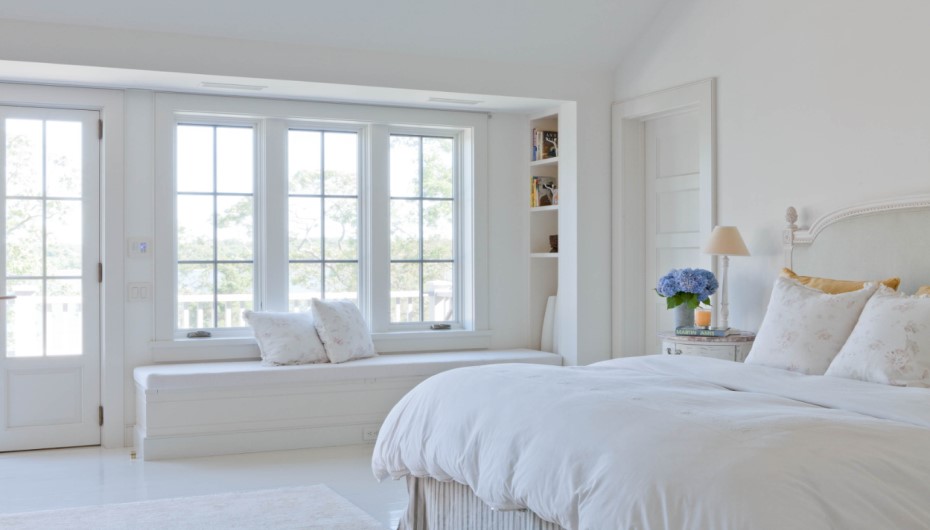
Standard bedroom window sizes usually go from 24 inches by 36 inches to 48 inches by 60 inches. But, sometimes you might need bigger or smaller ones, depending on some factors. These factors include how big the room is, how high the ceiling is, and how much natural light you want.
In a small bedroom, a regular-sized window can make it feel more open and let enough air in. But, in bigger bedrooms with high ceilings, you might need bigger windows to let in more sunlight.
When choosing a window size for your bedroom, think about what you need. If you want privacy, consider features like double-paned glass or low-E coatings for saving energy. These features can help keep your room comfy while giving you the privacy you need.
2. Standard Bathroom Window Sizes
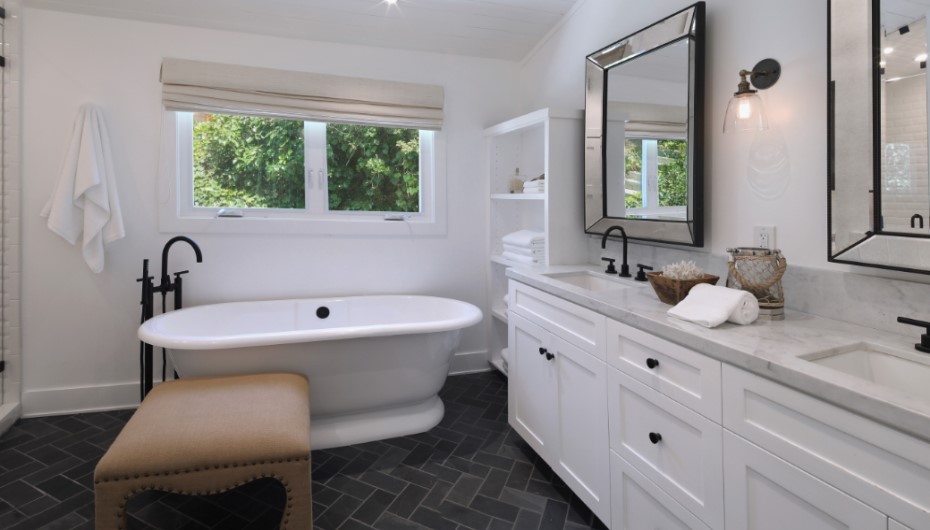
Standard bathroom window sizes usually go from 24 inches by 36 inches to 30 inches by 48 inches. However, it’s also important to make sure your window lets in enough natural light and air for your bathroom.
These bathroom window sizes are made to work well in most bathrooms, giving enough light and airflow without giving up privacy. You can use frosted or textured glass instead of clear glass if you want privacy or if your bathroom is small. This lets light in while keeping things private.
If your bathroom is spacious with plenty of wall area, think about putting in several smaller windows instead of one big one. This can improve airflow and give you more options for where to place them in the room.
3. Standard Kitchen Window Sizes
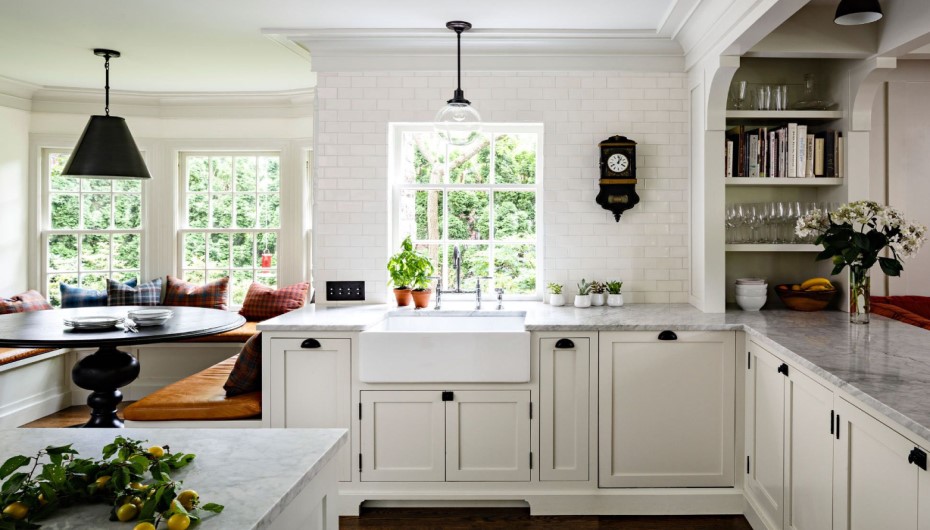
Standard kitchen window sizes are usually bigger than those in other rooms. The standard window length for kitchen is 30 inches while the standard window height is 42 inches. But, you can pick taller or wider sizes, if you have higher ceilings or you want more sunlight.
Sunlight and fresh air ventilation are always two important factors for kitchen windows. So, when you’re deciding on the right size for your kitchen window replacement or installation, think twice about these factors. Also, consider if you want a window that opens or stays shut.
Picking the correct standard-sized windows can really improve how well a kitchen room works and how nice it looks.
4. Standard Basement Egress Window Size
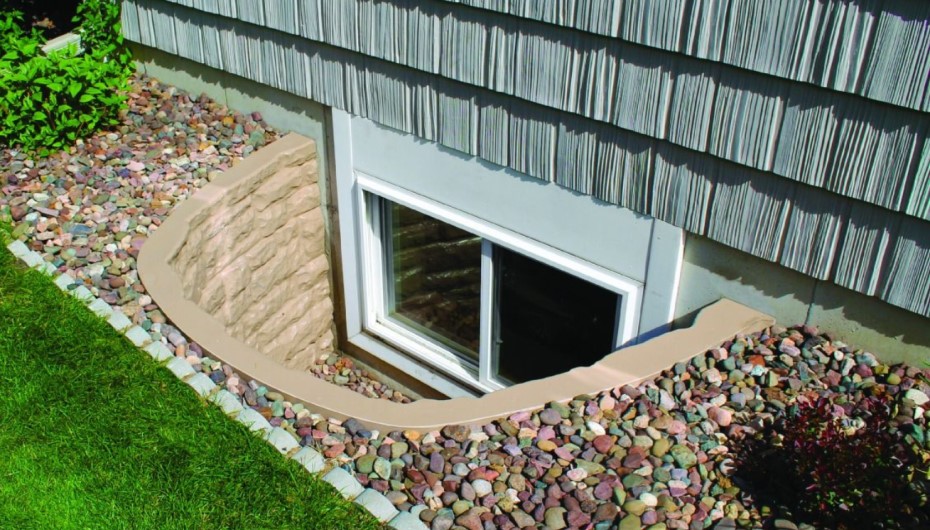
The standard basement egress window size is 24 inches wide by 36 inches high, with at least 5.7 square feet of clear opening (5 square feet if it’s on the ground floor). But, the required size might change depending on local building rules and regulations.
The basement window is meant to be a way out in case of a fire or other emergencies. It also brings in natural light and fresh air to the basement. When you’re thinking about putting in new windows or changing old ones in your basement, be sure to look at the local building rules first. That way, you can pick the type and size that will work well and follow the rules.
5. Standard Living Room Window Size
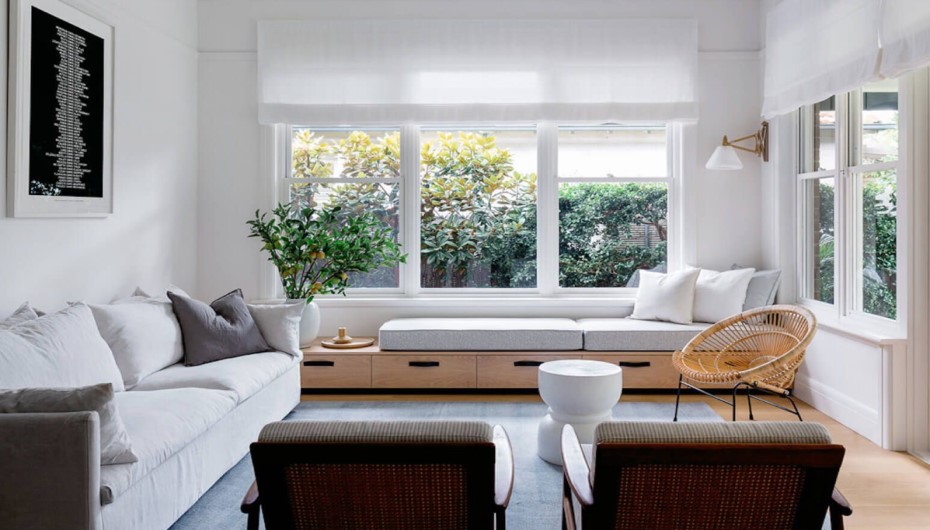
Different types of windows have different common sizes. The most common type of window is the double-hung window. The standard living room window sizes are usually about 24 to 48 inches wide and 36 to 72 inches tall, with a depth of 1 to 5 inches.
Although, there are some other types of the window too like single-hung, bay, casement, picture, and sliding for your living room. These types of window sizes can also be used in other rooms as per your liking. These windows are categorized by their sizes.
Standard Window Sizes By Type
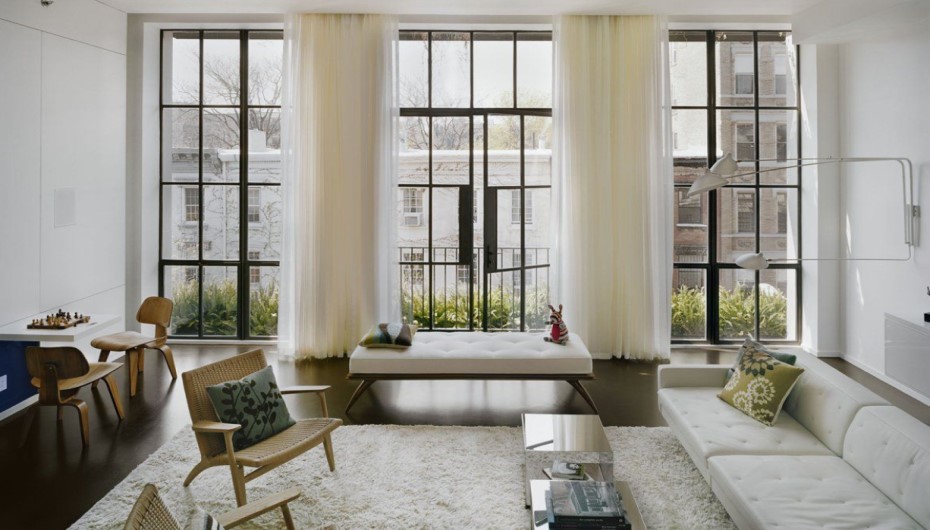
When we talk about standard window sizes, there are different types to choose from. Each type has its special things that make it good for different styles of buildings and what you need them to do. These windows can be installed in the living room, bedroom, or any room if you like.
1. Double-Hung Window Sizes
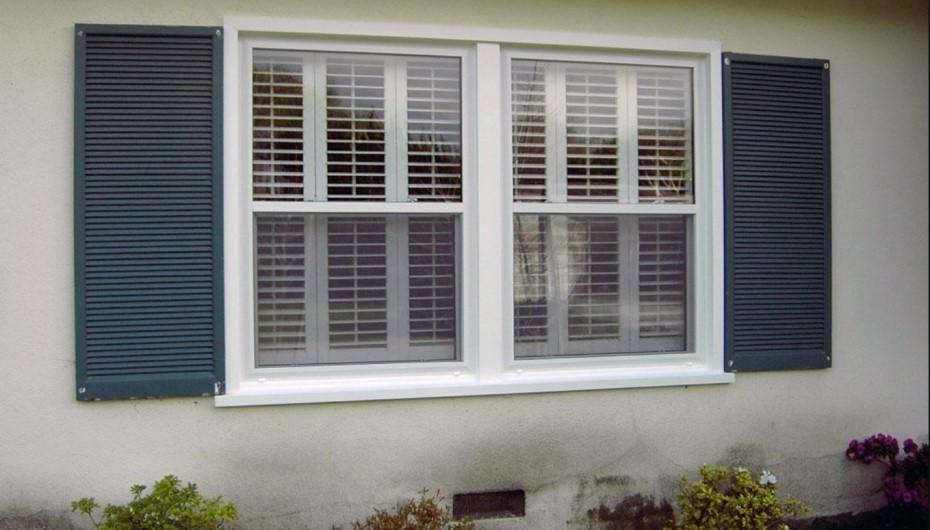
Double-hung windows have two parts that move up and down. They let you adjust how much air comes into your house. For standard sizes, they’re usually around 24 inches wide by 36 inches tall for smaller spaces. For bigger ones, they are up to 48 inches wide by 72 inches tall.
But remember, these are just rough rules. Some makers might have different sizes for their products or take custom orders. If you’re changing old double-hung windows in an older house, they might not be standard sizes at all.
2. Single-Hung Window Sizes
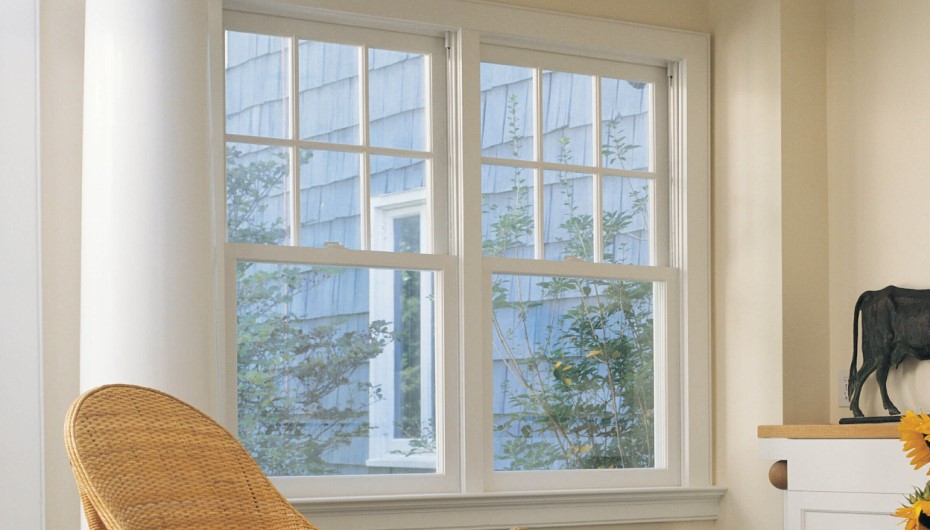
These windows have two parts, but only the bottom one opens up. The top part stays still. Single-hung windows are usually about 24 inches wide by 36 inches high to 30 inches wide by 72 inches high.
You should know about how big your rooms are and your house’s style when picking single-hung window sizes. For example, smaller rooms might be better with smaller windows. So there’s more space on the walls for furniture or pictures.
Also, remember that the usual sizes might not fit every hole in older houses or custom-made buildings. In those cases, you might need single-hung windows made just for you.
3. Sliding Window Sizes
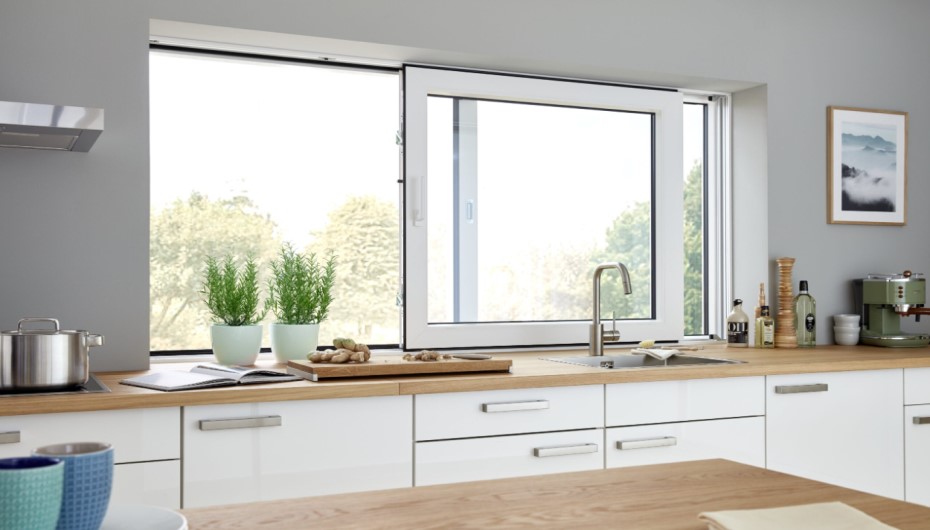
These windows open by sliding sideways, which is great when there’s not much room up and down. Standard sliding window sizes go from 36 inches by 24 inches to as big as 72 inches by 48 inches, with sizes in between.
When you’re picking the right-sized sliding window for your home, think about what the room is for and how it’s set up. For example, bigger sliding windows are good for living rooms or dining areas that need lots of natural light and air.
But remember, the standard sizes might not always be what you need. If that’s the case, you can order custom-sized sliding windows to fit exactly.
4. Picture Window Sizes
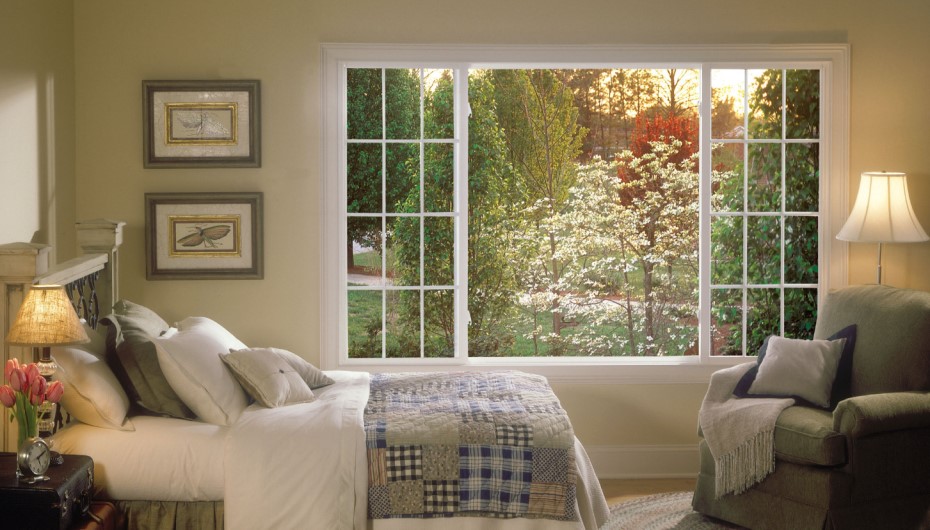
These windows are made to be big and clear. They give you a wide view of the outer world. Picture window sizes can go from 2 feet by 4 feet up to 8 feet by 12 feet or even bigger.
When you’re picking picture window sizes, think about how they’ll look and what they’ll do. Big picture windows can make a room look impressive and let in lots of sunlight. But, they might not work for every house or room because of how the building is made.
Also, remember that getting picture windows can cost you a lot more than regular ones. That’s because they need special making and materials.
5. Bay Window Sizes
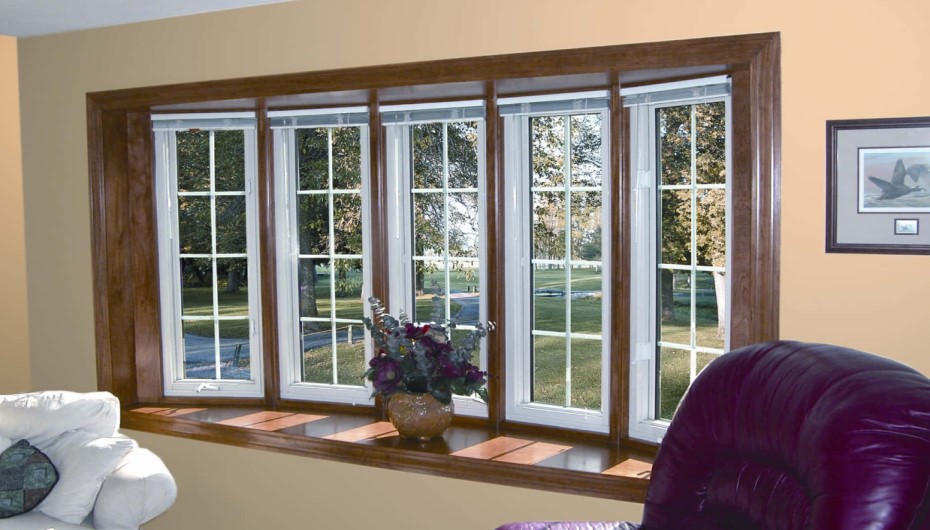
These windows stick out from the outside of the house, making a little spot or bay inside the room. Bay window sizes can change based on a few things, like how big your room is and how much space you want the bay window to take up.
Usually, standard bay window sizes are from 3 feet wide by 6 feet tall to 10 feet wide by 4 feet tall. But, if you need something different, you can get custom-sized ones too.
When you’re picking a size for your bay window, think about how it looks and what it does. A bigger bay window lets in more sunlight and gives you a better view outside. But, smaller bays might work better in rooms where there’s not much space on the walls or when you really need privacy. They won’t let you see as much into the room as bigger ones do.
6. Casement Window Sizes
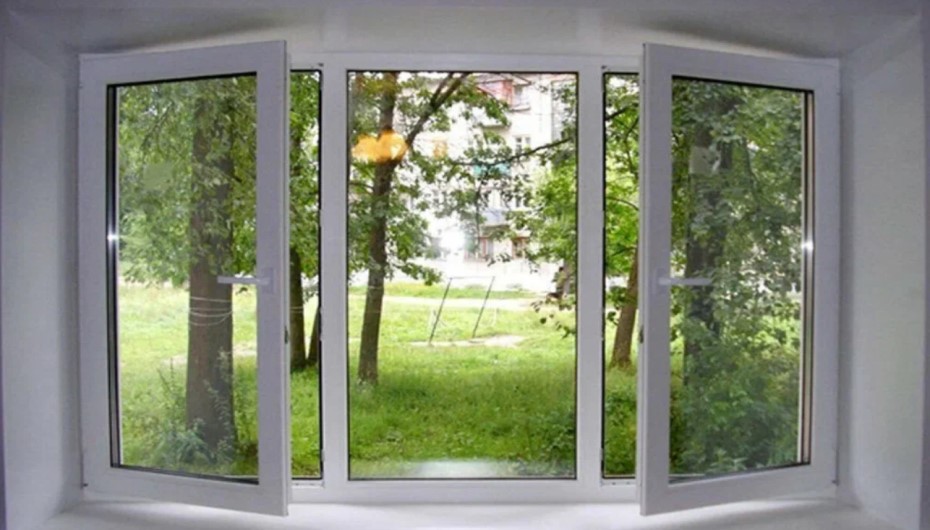
Casement windows are great for air ventilation while giving you a clear view. This makes them perfect for bedrooms, living rooms, or any room where you want lots of sunlight. Standard casement window sizes usually go from 1’6″ x 2’0″ to 3’0″ x 5’0
But, if your house needs windows that aren’t standard sizes, you can get ones. When you’re picking the right size casement window for your house, think about where the window opens and how that’ll affect where you put your furniture. Also, remember that bigger windows might need extra support like stronger frames or thicker glass.
7. Awning Window Sizes
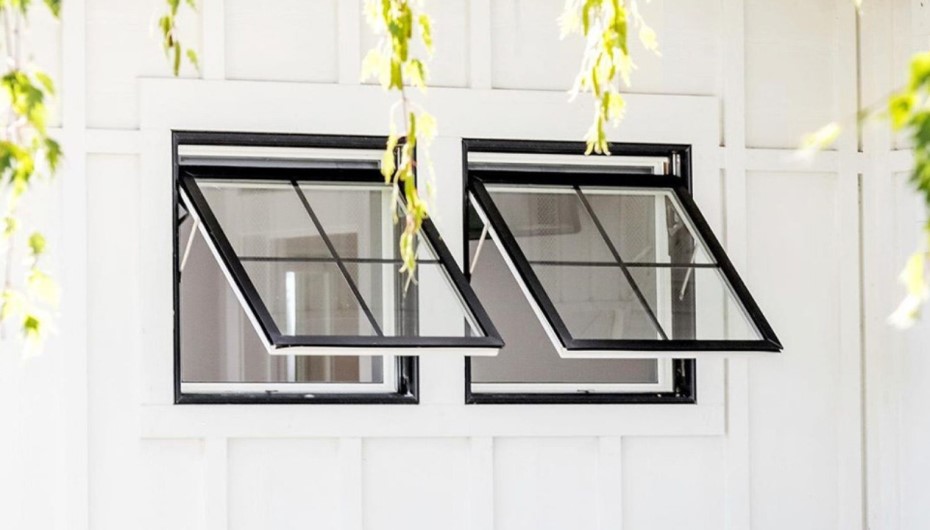
These windows open out from the bottom because they have hinges at the top. This creates a bit of a shelter that keeps rain away while still letting in fresh air. The sizes of awning windows can change depending on who makes them and what style they are.
Usually, regular awning windows are from 2 feet wide by 1 foot high to 4 feet wide by 3 feet high. But, if you need something different, some makers can make custom sizes for you.
While picking the size for an awning window, think about how it looks and what it does. Bigger awning windows let in more sunlight and air. But they might not be right for smaller rooms or spaces with not much wall room. Also, remember that bigger awning windows might need extra support, like stronger frames or thicker glass. The reason is that they’re heavier when they’re opened all the way.
Custom Window Sizes
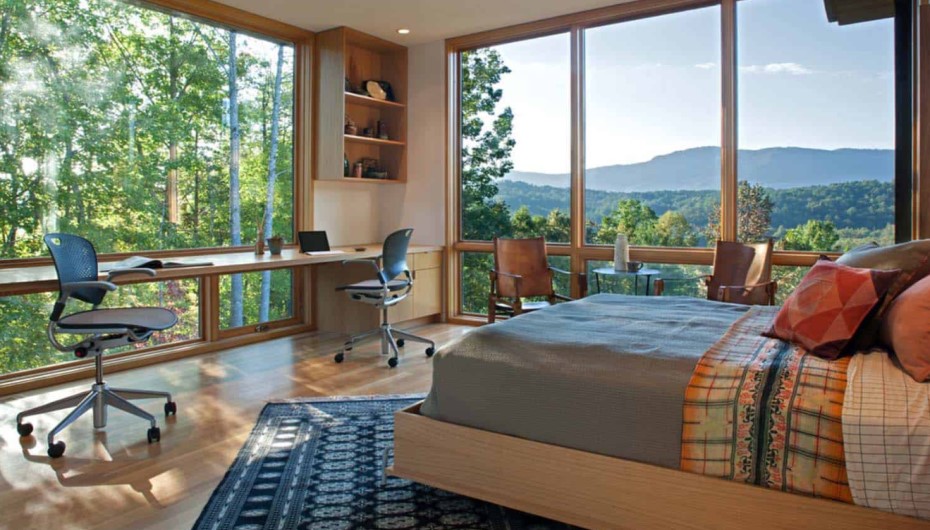
Custom windows are specially made to fit any size or shape of the opening. But, they often cost more than standard ones because they need extra work and materials to make.
If you’re thinking about custom-sized windows, it’s important to talk to a professional contractor or manufacturer who knows how to make them. They’ll help you choose the right type of window for your home and make sure it fits perfectly.
Difference Between Standard and Custom Window Sizes
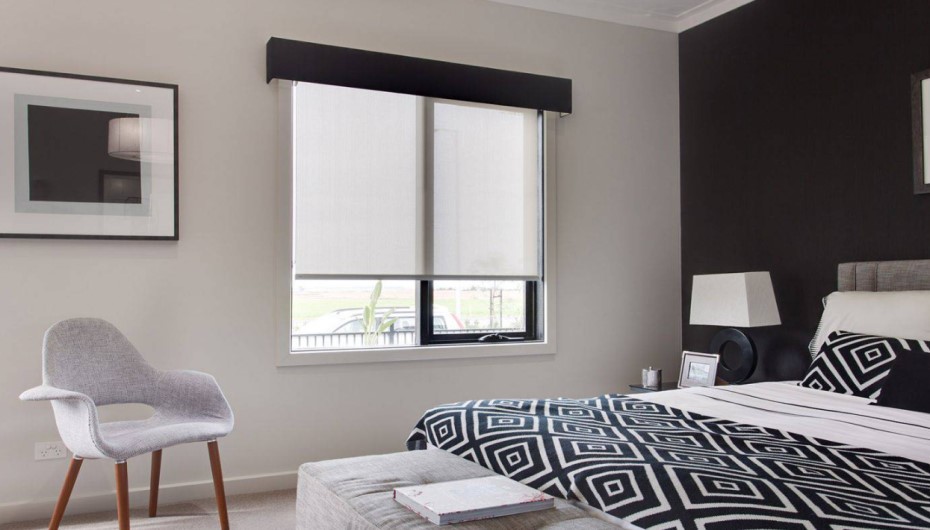
Standard windows are made to work well with most house styles. But, custom windows are made specially for you based on the sizes you give to the makers or contractors.
Standard-sized windows are popular with lots of homeowners for a few reasons. First off, they’re usually cheaper than custom ones because they’re already made in different shapes and sizes. That means there’s no extra work needed to make unique sizes, so they cost less. Secondly, when you need to change old or broken windows, it’s easier to find replacements that fit exactly. You won’t have to worry about trying to match up the sizes of your frames perfectly.

Custom windows give you more choices in how they look, but they can cost a lot more than regular ones. And, because they’re made just for you, it might take longer to get them since the makers need time to build them from the start.
Advantages of Using Standard Window Sizes
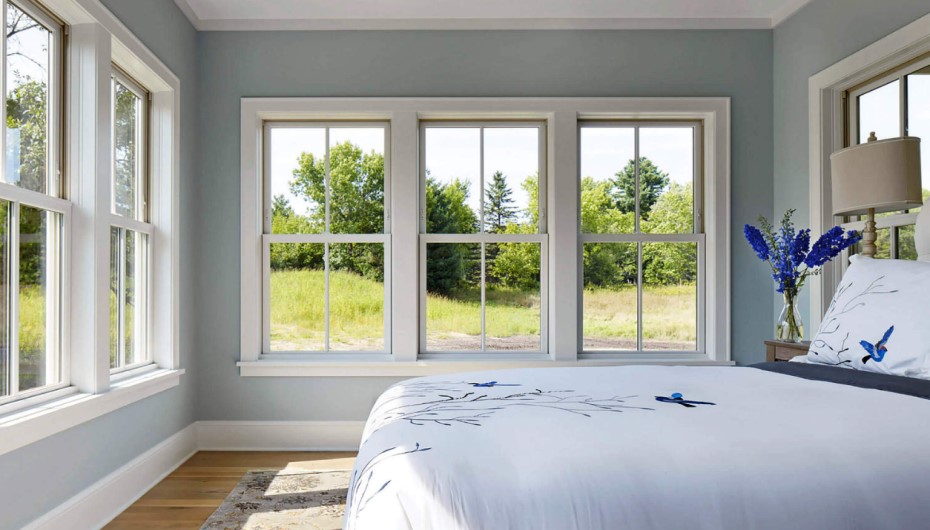
There are many benefits of using common window sizes in your house instead of those costly custom windows.
- Regular windows are easy to find and cheaper than custom ones. This means you can save money on your project without sacrificing quality or style.
- Installation of new windows is easier because they fit into the existing openings in your walls without much difficulty. That makes it easier for workers to put them in fast.
- Picking a standard size means you can easily get replacement parts later on if you need them. So, if you need to fix a broken piece of glass or hardware in the future, you won’t have a hard time finding what you need.
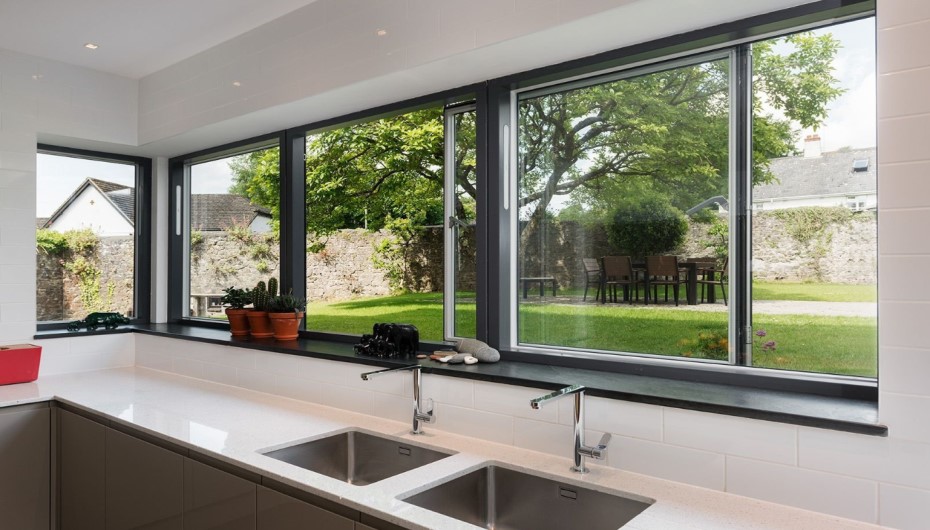
Conclusion
In short, standard window sizes are a good choice for homeowners. These windows enhance the beauty as well as give privacy. You can have them in any room depending upon the size and type. They’re easy to find and usually cost less than special sizes. So, going for standard window sizes is a simple and budget-friendly way to improve your home.
